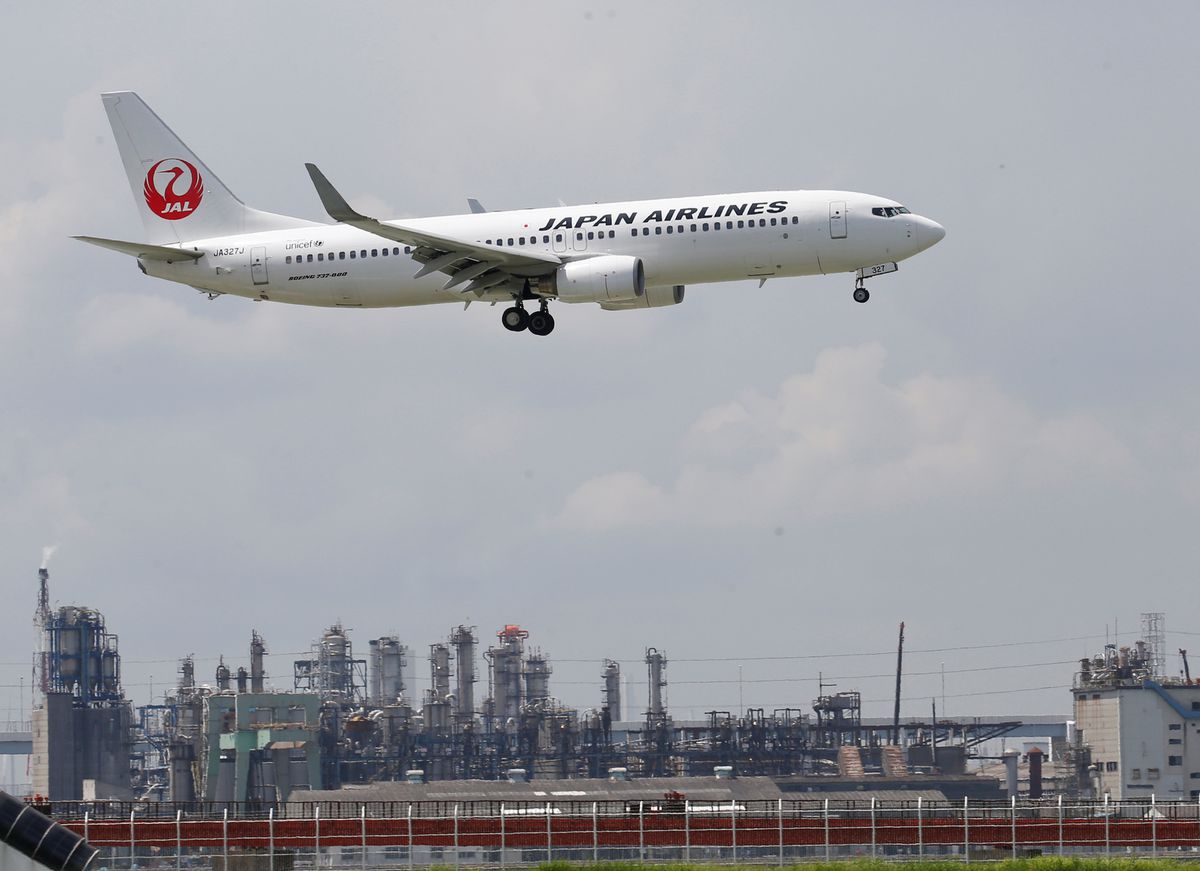
JAL’s airplane flies nearby Haneda Airport in Tokyo, Japan August 24, 2016. (Photo: REUTERS/Kim Kyung-Hoon)
Japan’s second-biggest airline’s result for the three months ended June 30 was worse than an estimate of a 73.5 billion yen loss from five analysts polled by Refinitiv but narrower than the 131 billion yen operating loss in the same quarter last year.
JAL did not provide a full-year earnings forecast, saying uncertainty made prediction too difficult. The carrier could post an annual operating loss of 108.6 billion, according to the average of 10 analysts surveyed by Refinitiv.
The Japanese airline, like other carriers, has been burning through cash reserves to keep jets and workers it will need when travel demand rebounds.
JAL expects its cash burn rate to fall to around 5 billion yen a month in the second quarter from 10 to 15 billion yen a month in the first quarter, Senior Managing Executive Officer Hideki Kikuyuma told reporters.
“As refunds have been decreasing since around June, cash burn is falling,” he said. “Depending on the return of domestic passenger demand, we are hopeful that operating cash flow will turn positive in September or so.”
Passenger numbers for domestic flights in the April-June quarter more than doubled from the previous year, but were less than a third of pre-pandemic levels as Japan grapples with record levels of COVID-19 cases.
International traffic quadrupled from last year, but passenger numbers totalled only 6.2% of the same quarter two years ago.
One bright spot for the airline has been strong demand for cargo, though JAL does not operate dedicated freighter planes like rival ANA Holdings Inc.
To adapt to what it expects will be a long-term dip in business travel, JAL is expanding budget units that will focus on tourism demand in Asia.
It is also retiring 26 of its older 777 widebodies and adding new Airbus SE A350 jets.
Cre: Reuters
Nguyen Xuan Nghia – COMM










